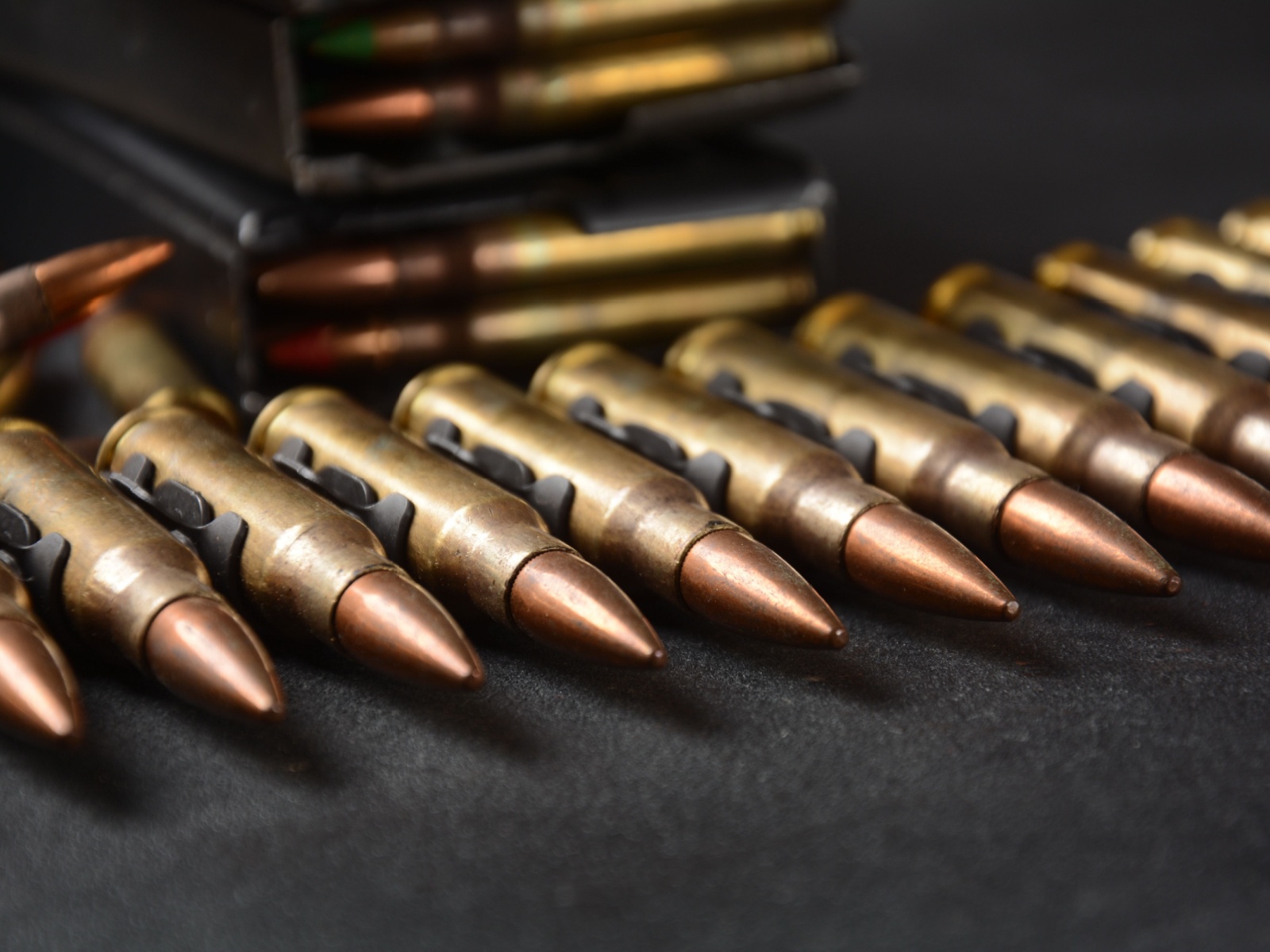ISO 9227 Corrosion Resistance Test of Brass Cartridge Cases
The ISO 9227 corrosion resistance test is a critical procedure used to evaluate the performance and reliability of brass cartridge cases. This test is essential in military testing, where the integrity and longevity of ammunition are paramount for ensuring mission success. The primary objective of this test is to determine the susceptibility of brass cartridge cases to corrosive environments, thereby assessing their durability under conditions that simulate real-world usage.
Brass cartridge cases are exposed to various corrosive elements such as moisture, salt spray, and humidity during storage and use in different climates. By subjecting these materials to controlled corrosion exposure tests, we can predict potential degradation and identify areas for improvement in design or manufacturing processes. This information is crucial for quality managers and compliance officers responsible for ensuring the reliability of military-grade equipment.
The ISO 9227 test involves exposing brass cartridge cases to a salt spray atmosphere according to specific parameters outlined in the standard. The exposure time can vary depending on the desired outcome, but typically ranges from 30 days up to several months. During this period, the integrity of the case is monitored for signs of corrosion such as pitting, cracking, or loss of weight.
Once testing is complete, detailed reports are generated highlighting any observed corrosion and its extent. These reports serve not only as a quality check but also provide valuable insights into potential improvements in material selection or manufacturing techniques. For R&D engineers involved in developing new ammunition designs, this data can be instrumental in refining products to meet stringent military specifications.
Compliance officers rely on such tests to ensure that all components used within the armed forces adhere strictly to relevant international standards like ISO 9227. By adhering to these guidelines, they help maintain high levels of safety and effectiveness across various operations. Additionally, this testing process supports procurement decisions by providing objective evidence regarding the suitability of suppliers' products.
In summary, the ISO 9227 corrosion resistance test plays a vital role in protecting military personnel and equipment from failures due to premature degradation caused by corrosive environments. Through rigorous evaluation processes, it ensures that only reliable components are deployed into service.
Why It Matters
The ISO 9227 corrosion resistance test is crucial for several reasons beyond just compliance with international standards. One key benefit lies in its ability to identify potential weaknesses early on during development stages, allowing manufacturers to address issues before they become critical problems in the field.
- Enhanced Reliability: By identifying corrosive vulnerabilities through testing, we can improve overall product performance and reduce the risk of failures under operational conditions.
- Safety Improvements: Ensuring that all components meet strict corrosion resistance requirements helps maintain high standards for safety within military operations.
- Cost Savings: Early detection allows companies to correct issues at an earlier stage, potentially avoiding costly recalls or replacements later down the line.
- Better Decision-Making: The results from these tests provide valuable input into procurement strategies, helping organizations make informed choices about suppliers and materials.
Furthermore, this testing process contributes significantly to enhancing customer satisfaction by delivering products that consistently meet or exceed expectations. It fosters trust between manufacturers and end-users while demonstrating a commitment to excellence in quality assurance practices.
Customer Impact and Satisfaction
The ISO 9227 corrosion resistance test has direct implications for customer satisfaction, especially within the military sector where reliability is non-negotiable. When customers receive products that have undergone thorough testing to ensure their durability against corrosive elements, they gain confidence in the manufacturer's commitment to quality.
Military personnel rely heavily on ammunition for critical missions; any failure could lead to serious consequences. By knowing that every cartridge case has been tested according to ISO 9227 standards, they can trust that these products will perform consistently under challenging field conditions. This assurance translates directly into higher levels of customer satisfaction.
From a broader perspective, successful outcomes from this testing process also contribute positively towards the reputation and credibility of both suppliers and end-users alike. Demonstrating adherence to international best practices like ISO 9227 helps establish trust within competitive markets while fostering long-term relationships built on mutual respect and shared goals.
Use Cases and Application Examples
- Military Ammunition Manufacturing: Ensuring that brass cartridge cases used in military ammunition meet stringent corrosion resistance requirements enhances mission readiness by reducing the risk of failures due to premature degradation.
- R&D for New Designs: ISO 9227 testing helps R&D engineers refine new ammunition designs, focusing on areas where improvements are needed based on real-world performance data.
- Supplier Quality Control: Suppliers can use this test as part of their internal quality control processes to verify that their products meet the necessary standards before delivery.
- Field Operations Support: Field operators benefit from knowing that ammunition has been tested according to ISO 9227, providing peace of mind regarding product reliability during critical missions.





